Green financing will greatly affect the property industry
January 11, 2023
The EU-taxonomy could present unpleasant surprises for unprepared property companies, Varig’s Research Director Jonas Haugan writes.
The focus on sustainability has never been greater. Property companies are met with new standards and demands in a number of areas, such as sustainable operations, reduced emissions, circular economy, ESG-reporting, and efficiency in use. Being able to compare one building’s environmental performance to another, requires experience and expertise. Sustainability work can also be complex and time-consuming. But, as banks are setting their demands for green financing eligibility, it’s more important than ever to get going.
What is green financing?
Green financing is, put simply, loans and bonds set to support climate-friendly activities. For the property industry it could be an opportunity to access loans with more favorable terms and conditions. That is, if your buildings and operations comply with the banks’ criteria and is considered a «green building» or a «green project». This way the banks are incentivizing the property companies to make their operations more sustainable.
Activities classified as green must, as of today – in accordance with the EU-taxonomy – be linked to two out of the six environmental goals on climate change and climate adaptation. The demands will increase even further once the four other environmental goals of the taxonomy are published.
Why is green financing on the rise?
With the EU’s new plan there’s no longer any doubt that the banks need to verify that the property companies’ businesses could be classified as green. The banks reduce their financial risk by supporting sustainable activities. They need to support activities that lead the property value to rise. Or at the very least, that the property value doesn’t deteriorates.
Sustainability investments are increasing. Already from 2018 to 2019 investments in green loans and sustainability bonds increased by 30 per cent. To make it easier for their clients, banks have chosen to look to the EU-taxonomy to determine their own demands. Among other things, energy label B has been set as a minimum to qualify for green financing.
What about older buildings?
80 per cent of the buildings that’ll be used in 2050 have already been built. Many of them were constructed in a time when energy efficiency was a foreign word. And sustainability was a special interest field.
The share of buildings with an energy label B or higher is therefore relatively low. Furthermore, it’s often a complex and costly endeavor to improve a building’s energy label. Particularly for older buildings.
But even though newer buildings in general are more likely to meet the most imminent demands for green financing, it is often more sustainable to rehabilitate an older building than constructing a new one. However, for this perspective to be considered, one needs to access and present holistic datasets.
Rising expectations
According to DNB CEO Kjerstin Braathen, climate risk will be an important consideration in the banks’ credit processes going forward. DNB, Norway’s largest bank, has already issued their first minimum requirements for commercial real estate companies seeking green loans, such as demands for certain certifications and energy efficiency improvements.
I see the surge of green financing in the commercial real estate industry as an exciting development. It is a potent incentive to make buildings more sustainable. I support the development of making it profitable to invest in sustainability. Also, for those who own or manage older buildings. All commercial real estate companies need the prerequisites to contribute if we are to succeed with the green transition.
Get going
Varig has developed a holistic platform for commercial real estate that makes it easy to get started and work strategically with sustainability. The software presents the buildings’ environmental performance, and helps you identify the measures needed to meet the increasing demands.
Book a free demo